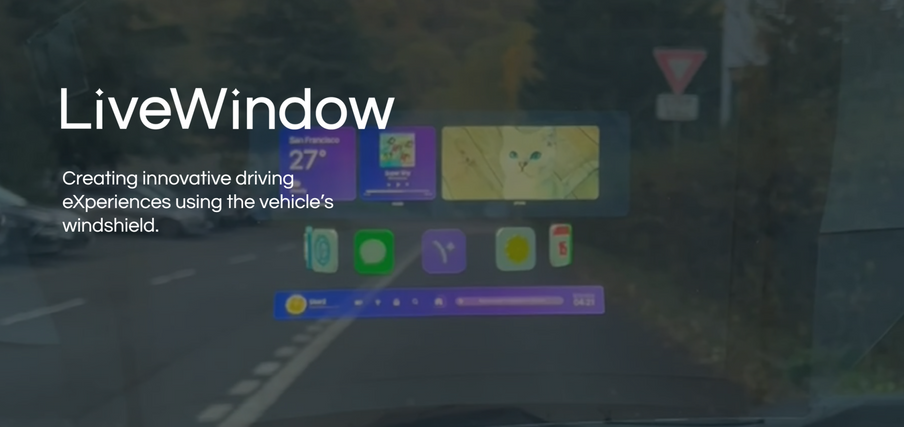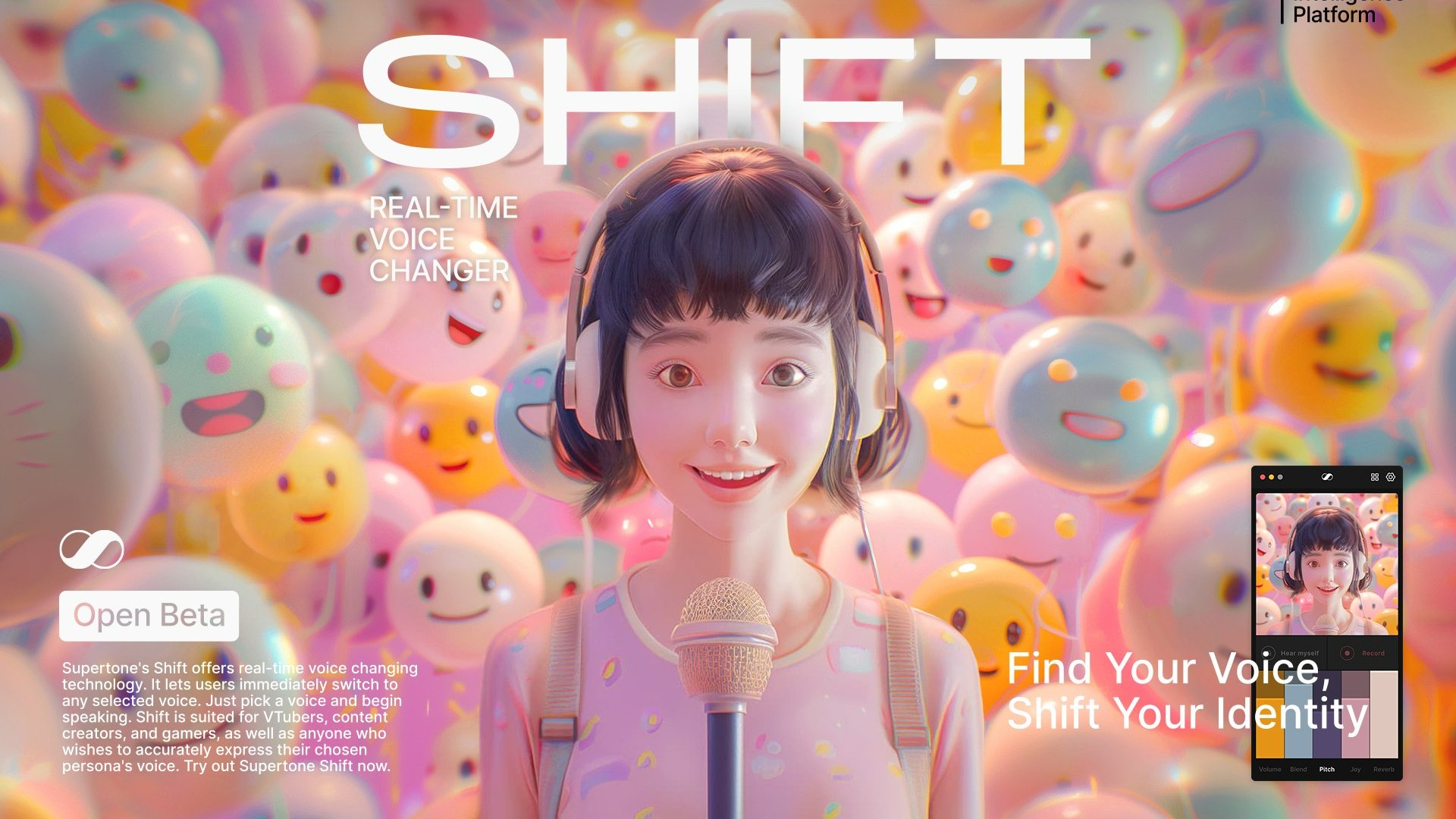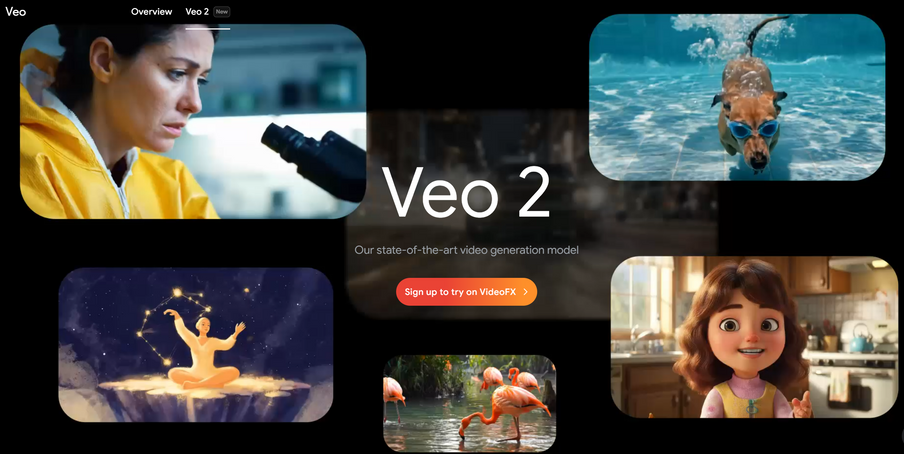‘Auto industry faces big wave of change’

[Branded Content] Interview with Sunghoon Hong, CEO of automotive AR solution and platform firm Epitone
With the advancement of AI, the car windshield will play a crucial role for infotainment
Epitone's in-car display solution analyzes drivers' patterns and displays information on car windows
The automotive industry is undergoing its most significant change in a century, driven by the rapid development of electric and autonomous vehicles. The car replacement cycle is expected to shorten to within four years with the introduction of next-generation cars, presenting new business opportunities.
The current shift in the car market is often compared to the transition from feature phones to smartphones, with cars evolving into crucial IT devices and platforms. This ongoing change is forecasted to significantly expand the entire car and related markets.
In addition to the adoption of electrification and autonomous driving on the road, a distinctive trend is emerging inside the car—an effort to maximize safety and convenience by boldly removing cluster and center displays and using the entire front windshield as the main display to provide information.
“Car windshields will evolve into main displays, leading to the emergence of new in-car apps and app stores,” states Sunghoon Hong, CEO of the automotive solutions firm Epitone, in an interview with The Miilk.
Epitone is at the forefront of producing solutions that transform car windshields into an infotainment display. The company’s LiveWindow solution utilizes the entire windshield as a display, turning the road into a canvas. With a simple installation, even conventional internal engine cars can be transformed into 'future cars' equipped with infotainment display windshields. The display technology is pivotal to the changing driving environment in upcoming electric and autonomous vehicles, according to the CEO.
"Car cluster and center display screens are shifting to the front windshield. The new growth engine for cars and IT will come from this windshield,” he emphasizes.

'LiveWindow' offers a new driving environment
Traditional vehicles required drivers to shift their gaze between various displays like the cockpit display and dashboard, posing safety risks. Existing windshield displays were limited in design and application depending on the car model.
In contrast, Epitone's 'LiveWindow' is compact and easily installable in any car model. It utilizes the front window as a wide canvas to freely arrange content on the road, offering a completely new driving experience.
Featuring a wide viewing angle, the compact windshield display can be seamlessly connected to Level 2, 3, and 4 autonomous and driving assistance systems. It provides essential driving information through high-definition graphics smoothly integrated with real-world objects, significantly enhancing driving safety.
This display tech is made possible by Epitone's design and extensive development and testing with major global automotive companies from the early stages of development. Displays are not only installed at the front of the vehicle but also incorporate cameras and sensors near the driver's seat, GPS at the rear, and a computing box on the right side of the vehicle. This organic connection between sensors and displays collects and provides information seamlessly.

AI-fueled innovation
When utilizing 'LiveWindow', the most noticeable feature is that the road conditions are displayed in high-definition graphics accurately matched with real objects. Various sensors based on the driver's position and tracked gaze display “the information the driver needs right now” on the screen, the CEO explained.
There have been many attempts to use the windshield as a display. One method involved enlargement optics, but required a large volume of over 80 liters, making it impractical for installation in a car. Inserting a film inside the windshield also faced issues with heat during lamination, making implementation difficult.
Methods using new optical technologies like waveguides had significantly lower brightness, and hologram technology, considered a sci-fi like tech, encountered challenges with complex computing calculations and unavoidable ghosting issues.
Epitone took an innovative approach by removing the mirrors in the enlargement optics and laminating a special smart film over the display in a unique way. This allowed all optical processing and calculations to be performed through software. The display produces images through the smart film, providing different images to the left and right eyes, creating the desired depth effect.
For instance, when a bus approaches, a red warning appears above the bus, and the direction to go is displayed like a navigation system. When the driver looks at a distant mountain, the altitude is displayed, and the driving speed is shown at the bottom of the screen, resembling a dashboard. Especially in dangerous situations, the car can identify and display warnings hundreds of meters away, alerting the driver.
As AI technology advances, the incorporation of the technology in cars will accelerate, making 'LiveWindow' even more indispensable. Now, the driver can see the desired information on the car windshield simply by conversing with the car.

‘Car apps,' the new growth engine for car makers
As the adoption of windshield screens increases, how will the industry be reshaped?
With the elimination of dashboards and center displays, and the digitalization of screens into the entire front windshield, the amount of information that can be presented to drivers will significantly increase. Ordering through the built-in AI in cars will display information on the front windshield, leading to the emergence of various apps and services that can be displayed on the screen, thereby creating new revenue streams. The so-called car app ecosystem is expected to emerge.
CEO Hong is confident that the automotive industry will undergo a transformation into a software-centered paradigm. An app ecosystem will be established for the entire windshield screen, turning cars into substantial IT devices and platforms akin to the iPhone.
"Samsung and Nokia ruled the phone market in the feature phone era, but app stores and apps became a new revenue model for other manufacturers and developers. Cars are currently in this transitional period," Hong said.
It is expected that the car-specific app market to grow to $1.35 trillion by 2030, about 2.6 times the current global smartphone app market, according to market data.
Research Nester, a global market research firm, also expects the global car windshield display market to grow at a compound annual growth rate (CAGR) of 24.30% by 2035. Sales are projected to grow from $3 billion in 2022 to $47 billion in 2035, driven by increasing traffic accidents and the rise of connected and smart cars. Epitone predicts that by 2030-2032, about 10% of new vehicles, or 20 million, will be cars using the front windshield as a display without physical display devices.

Epitone is ready to hit the road
CEO Hong's ambitious goal for Epitone is to spearhead the car app market ecosystem. With the successful development of 'LiveWindow,' the company is presently engaged in driving tests with pilot cars in collaboration with major European and American car manufacturers, aiming to launch pilot cars in 2025 and officially release them around 2027.
Discussions regarding the official market launch timeline are underway as Epitone conducts vehicle driving tests with major European and American automotive manufacturers (OEMs). These tests span across seven regions, including San Diego and Detroit in the USA, Incheon in Korea, Paris and Bordeaux in France, and Munich and Stuttgart in Germany.
In addition to its cutting-edge technology, Epitone is also preparing a platform that not only offers simple AR displays but leads a new car AR app ecosystem, allowing drivers to experience apps through the AR display.
“Once mass production of LiveWindow begins in partnership with car manufacturers, the company envisions leading the way for the next 6-8 years or longer."
Epitone has secured significant investments for 'LiveWindow', including a $20 million Series A investment from Hyosung and Shinwha Intertek for producing the core optical modules, and a $10 million Series B1 investment from SoluM for the overall production of the 'LiveWindow' display boxes.
Note: This content is a translated, and slightly modified version of the article written in Korean, using generative artificial intelligence (AI). Sejin Kim wrote the first draft of this translation and Youngwon Kim contributed to its editing.
Sponsored Content from Epitone
This content is brought to you by Epitone, in collaboration with The Miilk, providing insights into cutting-edge corporate developments. The Miilk also plays a pivotal role in connecting Korean businesses and startups with opportunities in the U.S., serving as a bridge for Korean enterprises within the Korean-American community.









